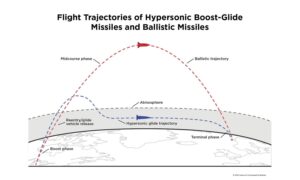VAYU SHAKTI: CAPABILITY-BASED IAF EXERCISE
Exercise Vayu Shakti was to be held on 07 Mar 22 at Pokharan air to ground range near Jaisalmer air force station.
Unfortunately it has been called off.
This exercise is a display of the capabilities of the Indian Air Force.
Curtain Raiser
https://youtu.be/G5J2yUDMZDk
Display of IAF Capability. It is a display of IAF’s capability to influence events on the ground (in a war). It showcases the ability to hit hard, hit fast and hit with precision, hit during the day, hit during night, and hit under adverse weather conditions.
- Display of capability of full-spectrum operations.
- Display of ability to destroy targets.
- Display of ability for punitive action.
- Display of aerial platforms (Fighters, helicopters, Combat support ac. AWACS and Unmanned platforms.
- Display of indigenous equipment.
- Display of a variety of weapons and their effect.
- Display of precision capability.
- Display of lethality.
- Display of ability for quick insertion and extrication of troops & special forces.
- Display of ground attack and air defence capability.
- Display of HADR capability.
Long Association
I was lucky to have been associated with this exercise, for a long time and at various ranks, while in the IAF.
- As a junior officer participated in the firepower demonstration exercises, firing weapons from Mig-21 and Jaguar aircraft.
- Commanded Air force Station Jaisalmer (2005-06). As Station commander was deeply involved with the conduct of a joint Army and Air Force exercise “Ex Desert Strike”, that took place in Nov 2005.
- As DGAO was involved with the conduct and review of the exercise Vayu shakti 2016.
- As VCAS was involved and reviewed exercise Vayu shakti 2019.
Vayu Shakti 2019: (Trying and Tiring Times)
Vayu Shakti 2019 was conducted in Feb 2019, during very tense times, post terrorist attack at Pulwama. 40 of our brave hearts were martyred during these attacks. Feeling of sorrow, disgust and anger were prevalent, not only amongst the military but entire nation. On 14 Feb 2019, I (as VCAS) was at Jaisalmer reviewing the progress of preparation for exercise Vayu Shakti. On receiving the news of terrorist attack, I headed back to Delhi. The next few days were depressingly busy, with overseeing the staff coordinating the last journey and last rights of the martyrs.
Also the process of decision making for appropriate response to the ghastly incident was also in progress. Use of Air power was chosen for the first time and planning for “Operation Bandar” against the terrorist camp at Balkot commenced. Decision was also taken that the all planned activities would continue as planned. Even other activities like Aero India air show (20 – 24 Feb 19) and planned inauguration of the War memorial (on 25 Feb 19), with fly past were conducted as planned.
Op Staff at Air HQ had many a sleepless nights during those two weeks.
In this back drop the exercise Vayu Shakti was conducted and was a great success as expected.
Suggestions and value additions are most welcome
For regular updates, please register here



